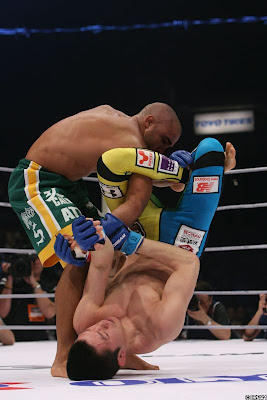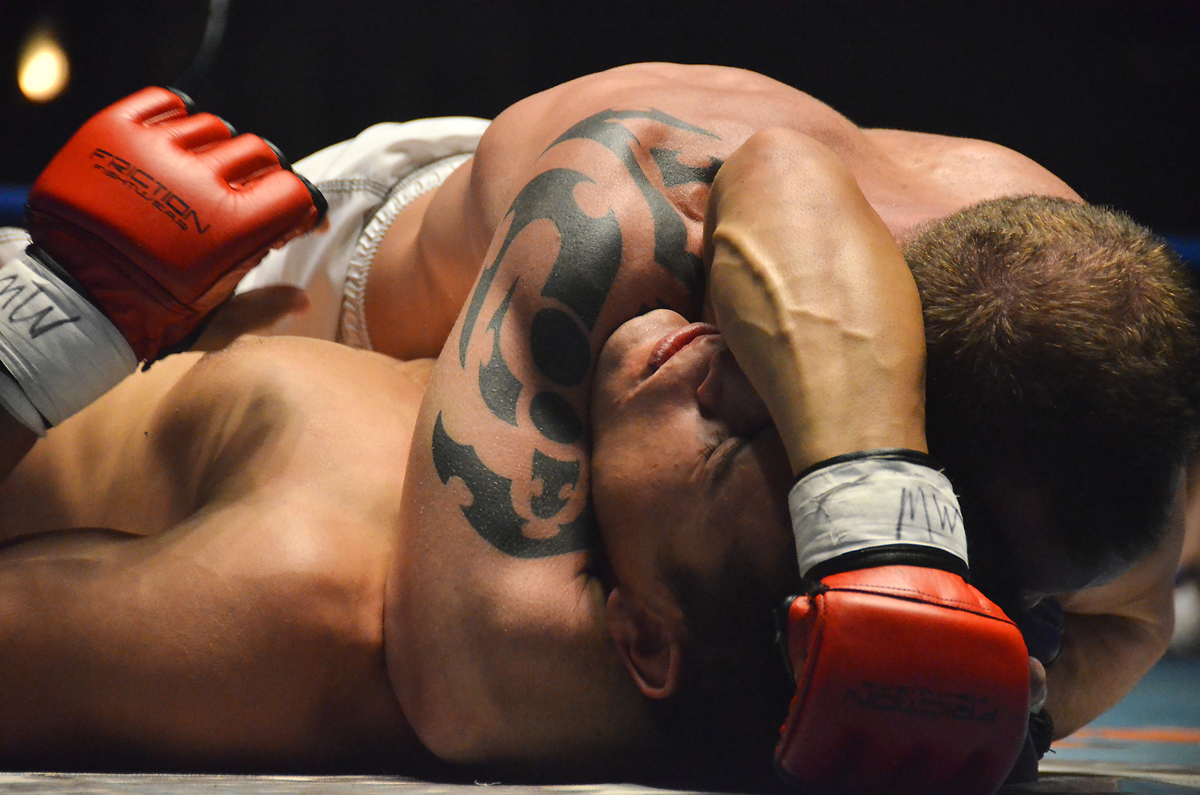The 6 positions of Jiu-Jitsu
To understand something complex, we often break it down into to smaller chunks. Smaller chunks are easier to understand but we lose understanding at the boundaries between chunks. If the chunks are too small and numerous, we have many boundaries between chunks and hence lots of grey areas where we can lose understanding.
A problem with the traditional jiu-jitsu teaching methodology is that there are too many chunks. Consider guard passing. Guards: closed, seated, butterfly, spider, lasso, worm, half, deep half, z, de-la riva, 50/50, koala, rubber, reverse de-la riva, de-la spider plus a bunch of others. To pass guard, we have to first identify the guard then choose one of several passing techniques we know for that guard. This is too complicated. If you chunk guard passing this way, your thinking is likely to be slow and you will find it hard to flow.
A simpler chunking scheme for guard passing is to either pass or your feet or on your knees. If you’re having difficulty on your feet, switch to your knees and vice versa. Notice that when the number of chunks is smaller, it is easier to consider the boundary between chunks.
Understanding the chunk boundaries, and being able to transition between chunks is a major part of flow.
Here is my chunking scheme for jiu-jitsu. As you read this, keep in mind the transitions between and within the positions.
- Both Standing This is a symmetrical position (gravity affects both opponents the same way), so strength has a big effect. Get to the mat to exploit the asymmetry of the other positions.
- Guard top You’re winning (55/45) but only barely. It’s difficult to submit from here so transition to a dominant position.
- Guard bottom You’re mostly safe, but don’t be lazy. Your use of all four limbs almost nullifies your opponent’s gravity advantage, so ensure each of your limbs have a purpose. Defend the guard pass and get on top.
- Dominant position Mount, side, back, 411, north/south – it’s all the same. You can submit your opponent much easier than they can submit you (90/10). Transition within the position and catch a submission when your opponent opens up to escape.
- Inferior position Sucks to be you. Maintain protective structure and transition to any other position when you can.
- Both butts on the mat Also a symmetrical position, but more skill based. Very flexible as it allows easy transitions to the other ground positions. If you win the leg pummel then consider it a dominant position. Don’t try to submit unless your position is dominant. Dual leg lock battles are bad jiu-jitsu.
To be effective with jiu-jitsu, you must be effective within each of the six positions, and you must be effective at transitioning between the positions.






Leave a Reply
Want to join the discussion?Feel free to contribute!